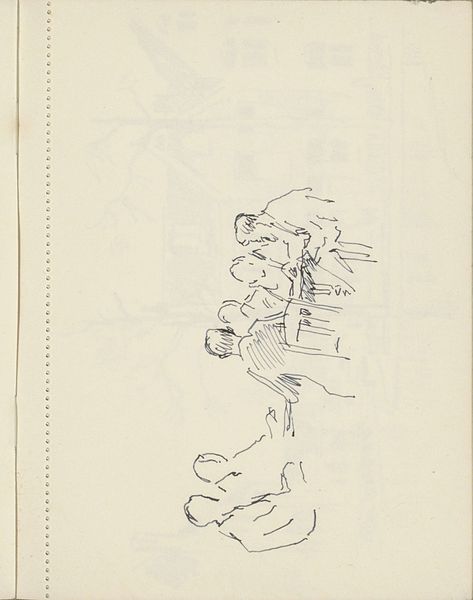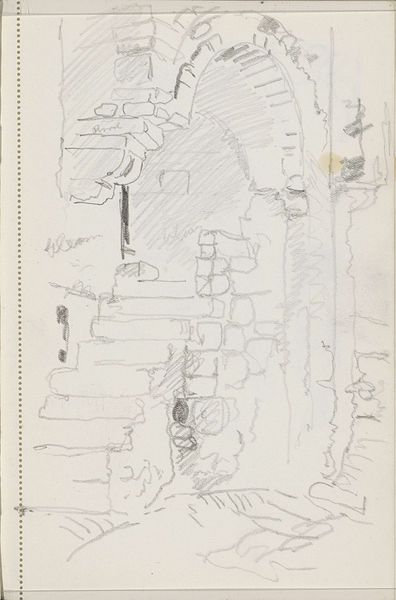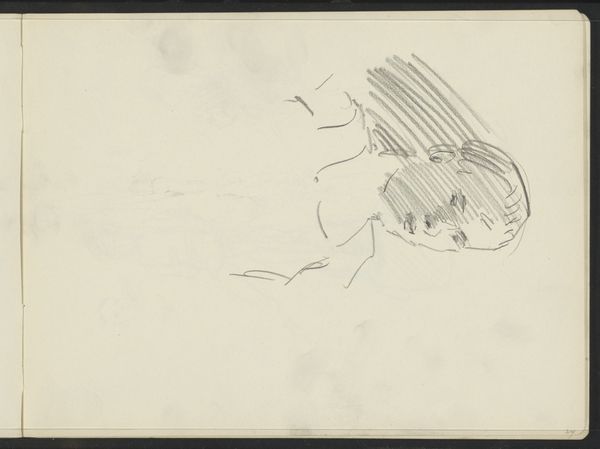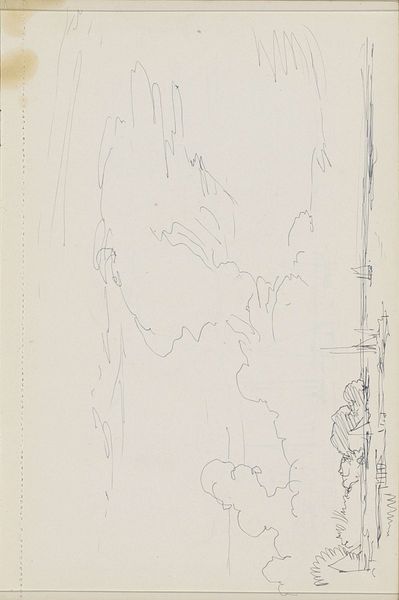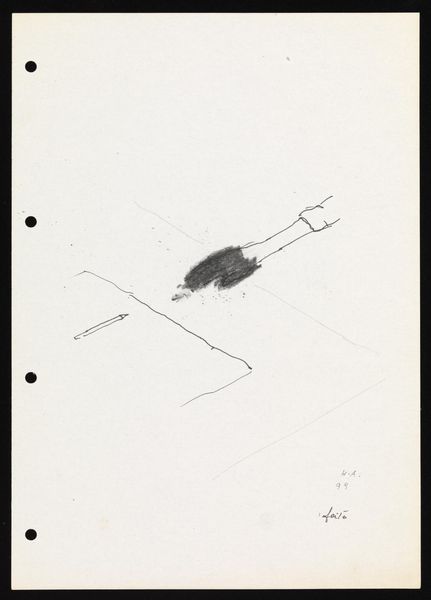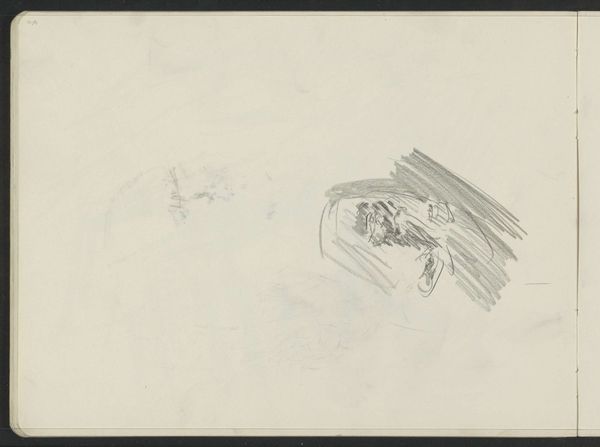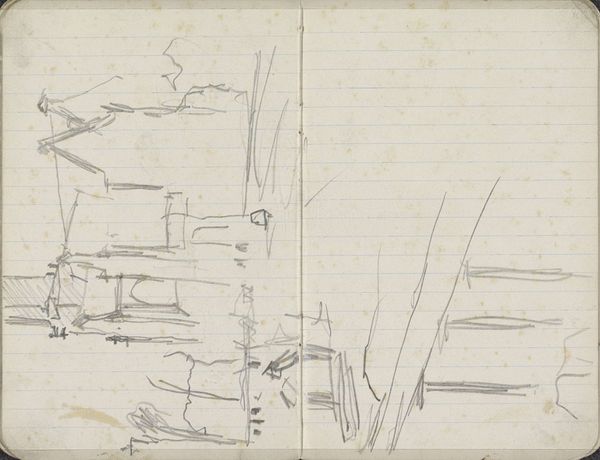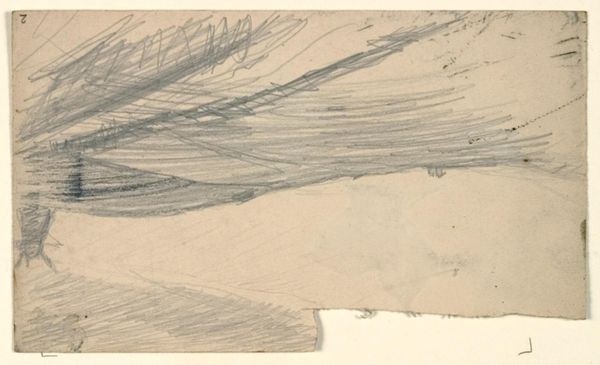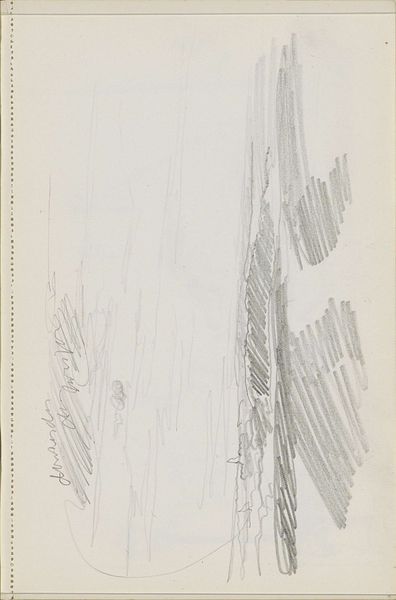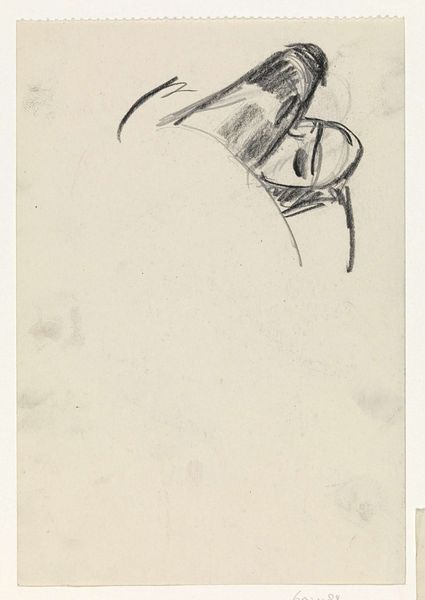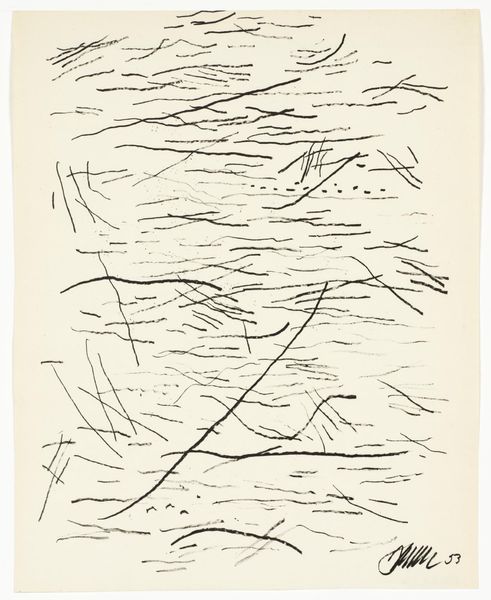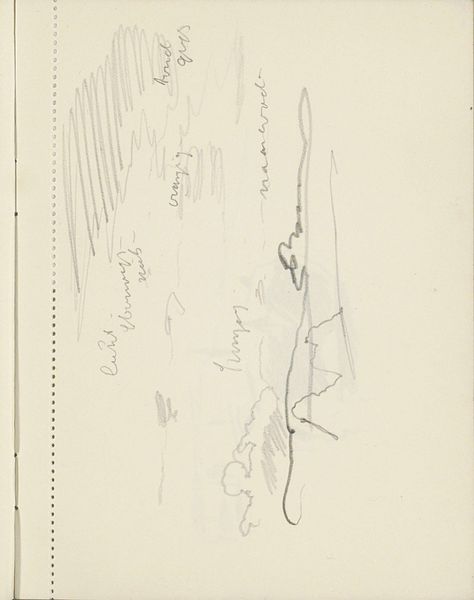
drawing, paper, ink
#
drawing
#
art-nouveau
#
pen sketch
#
etching
#
paper
#
form
#
ink
#
geometric
#
line
Dimensions: height 160 mm, width 205 mm
Copyright: Rijks Museum: Open Domain
Gerrit Willem Dijsselhof sketched these cornice designs with graphite on paper. Cornices, the uppermost section of a classical entablature, carry a rich symbolic load, representing a lineage from ancient architectural forms. The layered, projecting elements we see here echo motifs found in ancient Greek temples, structures designed to connect mortals with the divine. Think of the Parthenon, where similar features not only adorned the building but also conveyed power and order. Over time, the cornice evolved, appearing in Roman, Renaissance, and Neoclassical architecture, each era adapting it to fit new aesthetic and cultural ideals. Consider how these architectural elements, initially imbued with religious and civic meaning, have been continuously reinterpreted. It becomes clear that each iteration subconsciously nods to the past, evoking feelings of stability, tradition, and perhaps, a longing for an idealized past. Cornices are a testament to our enduring need for symbolic anchors.
Comments
No comments
Be the first to comment and join the conversation on the ultimate creative platform.

